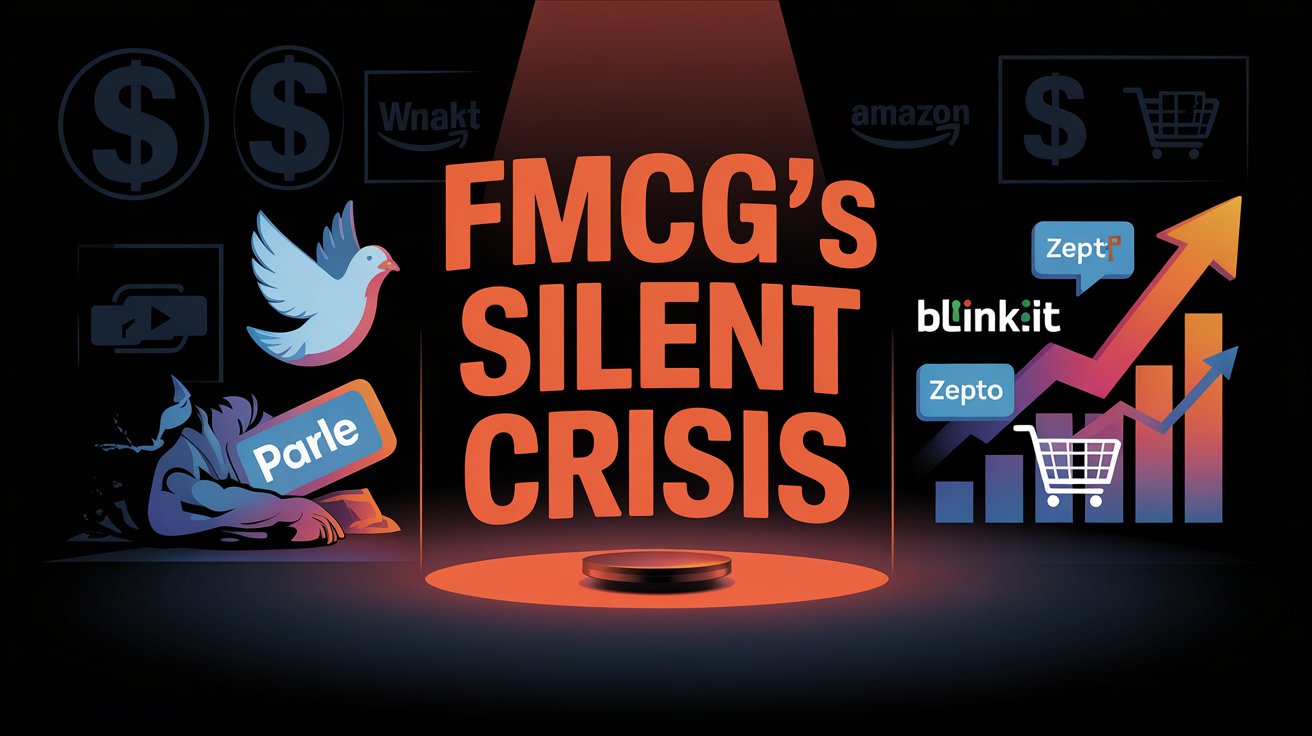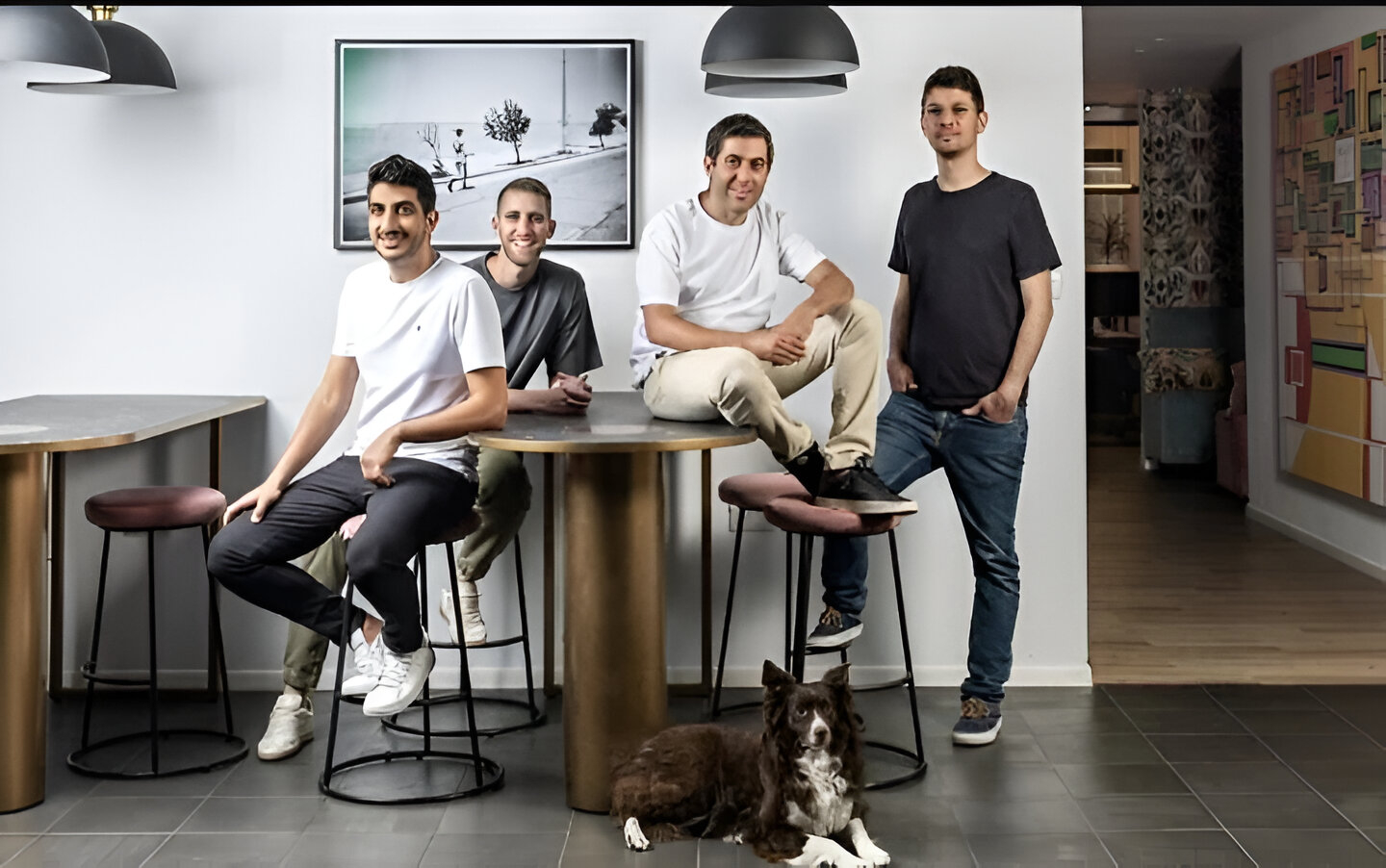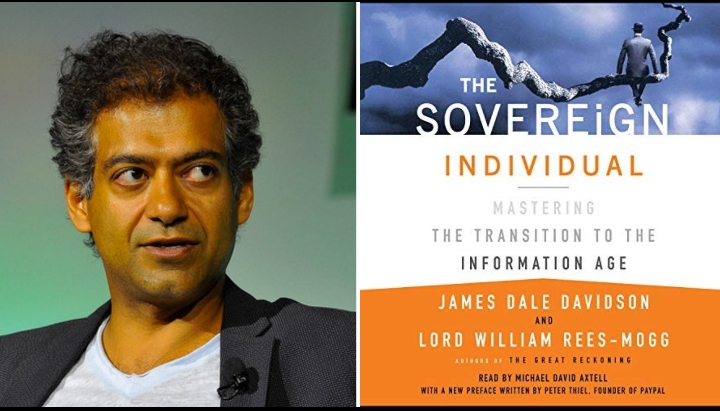Back
Vishu Bheda
•
Medial • 8m
𝗧𝗵𝗲 𝗛𝗶𝗱𝗱𝗲𝗻 𝗖𝗿𝗶𝘀𝗶𝘀 𝗶𝗻 𝗜𝗻𝗱𝗶𝗮𝗻 𝗙𝗠𝗖𝗚 𝗡𝗼𝗯𝗼𝗱𝘆 𝗧𝗮𝗹𝗸𝘀 𝗔𝗯𝗼𝘂𝘁 (And why the US shows us what's coming) If you're building or investing in FMCG in India, this will open your eyes. In the next 5 years, most traditional FMCG brands will face major challenges. Here’s why : 𝟭. 𝗧𝗵𝗲 𝗥𝗶𝗰𝗵 𝗔𝗿𝗲 𝗠𝗼𝘃𝗶𝗻𝗴 𝗢𝗻 The top 2–3% of Indians are switching to premium, D2C-first brands. Think: 𝐦𝐂𝐚𝐟𝐟𝐞𝐢𝐧𝐞, 𝐓𝐡𝐞 𝐖𝐡𝐨𝐥𝐞 𝐓𝐫𝐮𝐭𝐡, 𝐊𝐚𝐩𝐢𝐯𝐚, 𝐀𝐫𝐚𝐭𝐚. They’re obsessed with clean ingredients, great packaging, and direct relationships. These used to be the highest-margin customers for brands like 𝐃𝐨𝐯𝐞, 𝐒𝐮𝐧𝐬𝐢𝐥𝐤, 𝐚𝐧𝐝 𝐍𝐢𝐯𝐞𝐚. Now they're gone. 𝟮. 𝗗𝗶𝘀𝘁𝗿𝗶𝗯𝘂𝘁𝗶𝗼𝗻 𝗣𝗼𝘄𝗲𝗿 𝗜𝘀 𝗦𝗵𝗶𝗳𝘁𝗶𝗻𝗴 Earlier, brands ruled via lakhs of kiranas. Today, 𝐁𝐥𝐢𝐧𝐤𝐢𝐭, 𝐙𝐞𝐩𝐭𝐨, 𝐚𝐧𝐝 𝐒𝐰𝐢𝐠𝐠𝐲 𝐈𝐧𝐬𝐭𝐚𝐦𝐚𝐫𝐭 decide what consumers buy. And they’re not just delivery players anymore—they're becoming the modern kiranas. Soon, the cost of listing on Blinkit will be higher than reaching 10,000 general trade shops. 𝟯. 𝗖𝗼𝗻𝘁𝗲𝗻𝘁 𝗜𝘀 𝗕𝗿𝗼𝗸𝗲𝗻 10 years ago, 𝐚 𝐟𝐞𝐰 𝐓𝐕 𝐚𝐝𝐬 𝐚 𝐦𝐨𝐧𝐭𝐡 could build a brand. Today, nobody even sees your ad unless it’s 𝐨𝐧 𝐈𝐧𝐬𝐭𝐚𝐠𝐫𝐚𝐦 𝟒–𝟓 𝐭𝐢𝐦𝐞𝐬 𝐚 𝐰𝐞𝐞𝐤. Brands like 𝐒𝐥𝐮𝐫𝐫𝐩 𝐅𝐚𝐫𝐦 and 𝐎𝐩𝐞𝐧 𝐒𝐞𝐜𝐫𝐞𝐭 are winning because they create content, not just campaigns. Legacy FMCGs are still stuck in the old playbook. 𝟰. 𝗧𝗵𝗲 𝗠𝗮𝘀𝘀 𝗠𝗮𝗿𝗸𝗲𝘁 𝗜𝘀𝗻’𝘁 𝗚𝗿𝗼𝘄𝗶𝗻𝗴 The bottom of the pyramid isn’t growing fast. Pricing pressure is real. Even giants like 𝗣𝗮𝗿𝗹𝗲 𝗮𝗻𝗱 𝗗𝗮𝗯𝘂𝗿 are feeling the heat—small price hikes lead to volume drops. 𝟱. 𝗣𝗿𝗶𝘃𝗮𝘁𝗲 𝗟𝗮𝗯𝗲𝗹𝘀 𝗔𝗿𝗲 𝗘𝗮𝘁𝗶𝗻𝗴 𝘁𝗵𝗲 𝗚𝗮𝗺𝗲 Blinkit and Zepto are launching their own atta, masalas, snacks—at better prices. Why promote 𝐓𝐚𝐭𝐚 𝐒𝐚𝐥𝐭 when they can push 𝐙𝐞𝐩𝐭𝐨 𝐒𝐚𝐥𝐭 with higher margins? This is exactly how 𝐀𝐦𝐚𝐳𝐨𝐧 𝐁𝐚𝐬𝐢𝐜𝐬 disrupted electronics and home in the US. 𝗧𝗵𝗲 𝗥𝗲𝗮𝗹 𝗣𝗿𝗼𝗯𝗹𝗲𝗺? FMCG brands are stuck in the middle: Losing premium customers at the top Facing price wars at the bottom Losing shelf space in the middle And the real threat isn’t D2C startups. It’s the 𝐩𝐥𝐚𝐭𝐟𝐨𝐫𝐦𝐬 who now own 𝐝𝐢𝐬𝐭𝐫𝐢𝐛𝐮𝐭𝐢𝐨𝐧 + 𝐝𝐚𝐭𝐚. 𝗡𝗼𝘄, 𝗟𝗼𝗼𝗸 𝗮𝘁 𝘁𝗵𝗲 𝗨𝗦: In the US, 𝐖𝐚𝐥𝐦𝐚𝐫𝐭 𝐚𝐧𝐝 𝐀𝐦𝐚𝐳𝐨𝐧 control most of the FMCG shelf space. Brands don’t have pricing power. Private labels dominate. That’s why US FMCG stocks trade at low multiples. India is heading the same way.

Replies (5)
More like this
Recommendations from Medial
Sai Pokuri
Ultimate F.I.T Consu... • 9m
How is the process of registering our products in Quick commerce(Zepto,Blinkit etc)and how they are charging the brands? Is it feasible to list our products(FMCG products like pulses and powders). What all the documents required? Any one recently re
See MoreDownload the medial app to read full posts, comements and news.


































